Display information about Earth’s day and night cycle with this colorful science poster.
What are the Causes of Day and Night?
Is this a question your students have been asking during your science class? If this is your first time teaching this science topic (or perhaps you are in need of a refresher), read on for a quick answer to this question!
Day and night are caused by the rotation of the Earth on its axis. The Earth rotates from west to east, completing one full rotation in approximately 24 hours, causing the appearance of the sun to rise in the east and set in the west.
As the Earth rotates, different parts of the planet are exposed to the sun’s rays at different times. The part of the Earth facing the sun experiences daylight, while the part facing away from the sun experiences darkness, creating day and night.
The length of daylight and darkness varies depending on the time of year and the location on Earth. This is because the Earth’s axis is tilted at an angle of approximately 23.5 degrees relative to the plane of its orbit around the sun. This tilt causes different parts of the Earth to be tilted towards or away from the sun at different times, creating seasons and variations in the length of daylight and darkness.
Teach Starter has created a beautiful and easy-to-understand poster that you can use in your classroom when exploring Earth’s rotation and how it causes the day and night cycle.
How to Make the Most of Your Day and Night Cycle Poster
- Print the poster and display it in your classroom for students to reference when doing independent work.
- Print the poster, slip it into a clear sleeve and use it in your guided groups as a reminder.
- Print the poster, slide it into a clear sleeve and hang it on a ring as a reference tool for a learning center.
We’ve also come up with bonus ways to turn posters into interactive tools that really make your lessons stick!
📂 Place copies in students’ homework folders for reference.
💻 Provide posters as digital resources for virtual students.
🧠 Test students’ memories by showing them the poster, then hiding it and having them tell you what they remember.
✅ Incorporate posters into your lesson wrap-up: students write on a sticky note what they learned from the lesson and place it on the poster.
Before You Download
This resource prints as a PDF. Please use the Download button to access the full-color version.
Fill your classroom with more posters and interactive displays!
Spend more time lesson-doing and less time lesson-planning when you grab these activities and teaching resources too!

teaching resource
Day and Night – Worksheet
Encourage your students to illustrate the day and night cycle with this free worksheet.
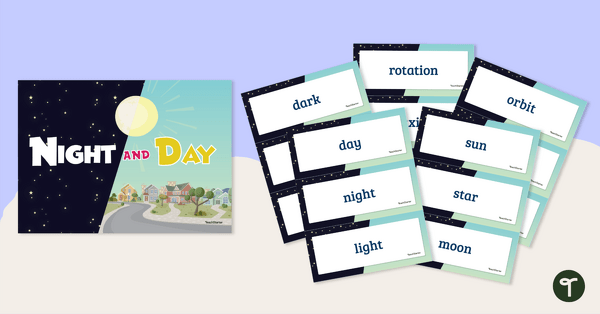
teaching resource
Night and Day Word Wall
Use this set of word wall cards when teaching concepts and vocabulary related to Earth's day and night cycle.
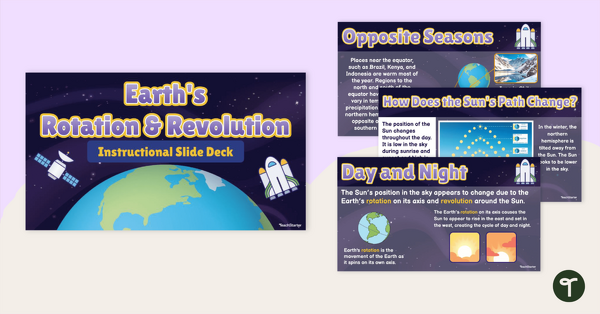
teaching resource
Earth's Rotation and Revolution – Instructional Slide Deck
Explore the difference between rotation and revolution while learning about the day and night cycle, what causes the seasons to change, and more with this instructional slide deck.
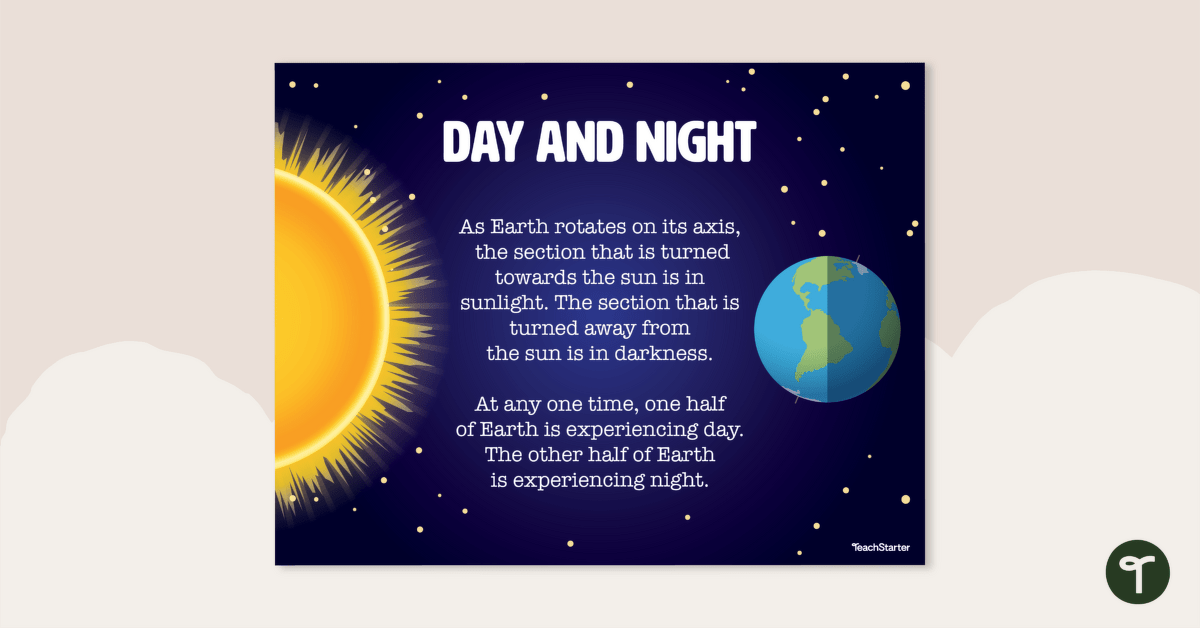

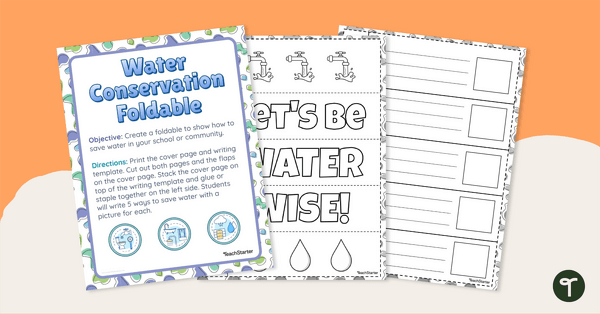
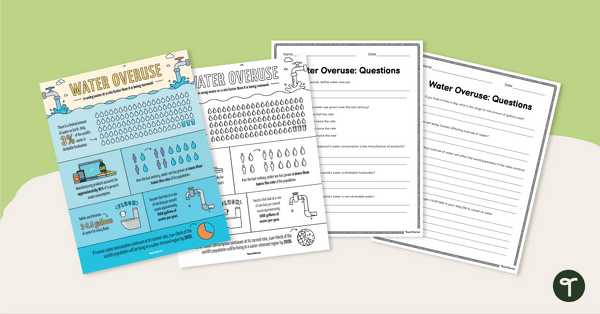
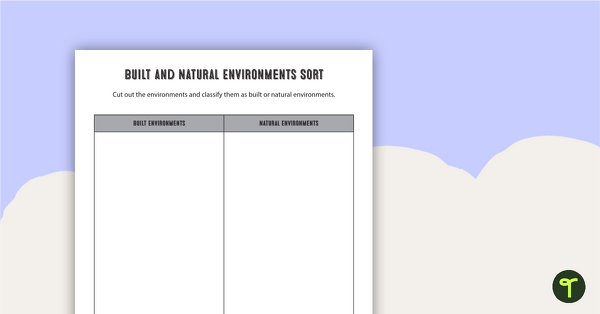
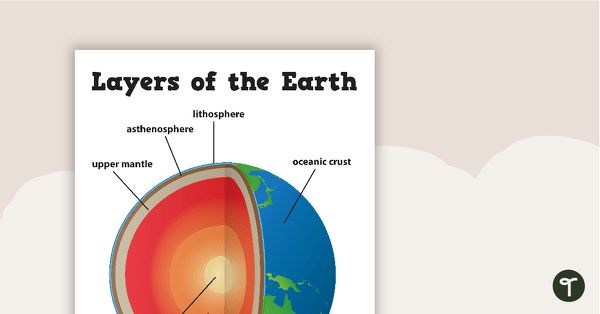
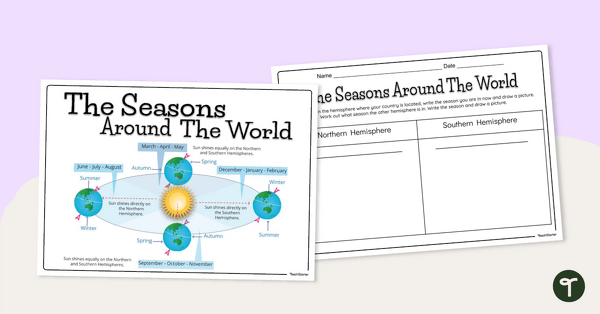
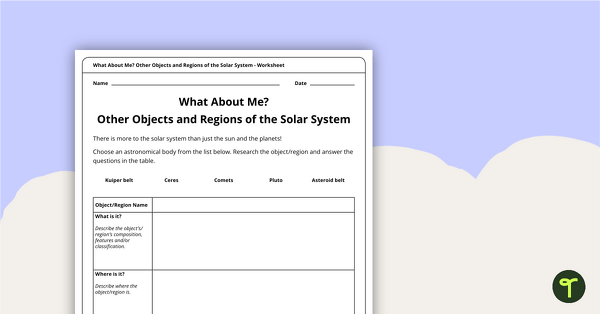
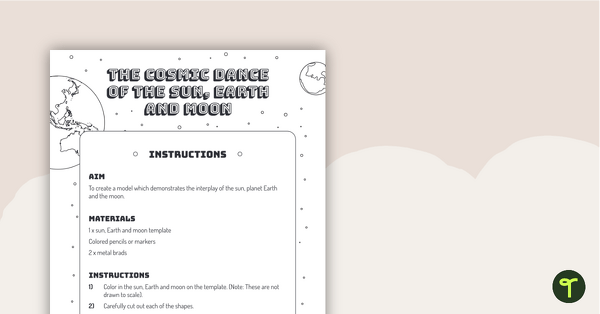
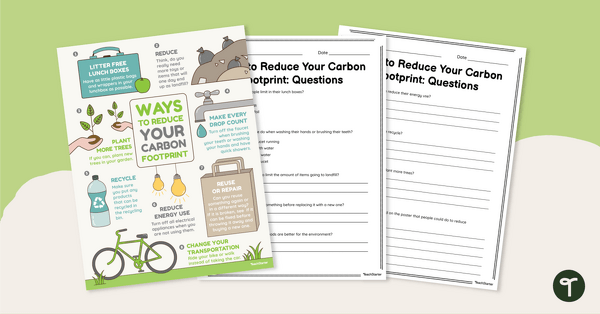
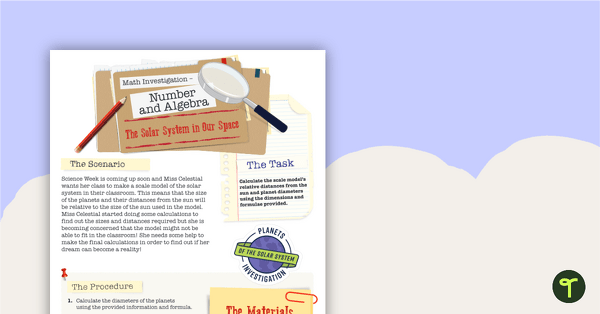

0 Comments
Write a review to help other teachers and parents like yourself. If you'd like to request a change to this resource, or report an error, select the corresponding tab above.